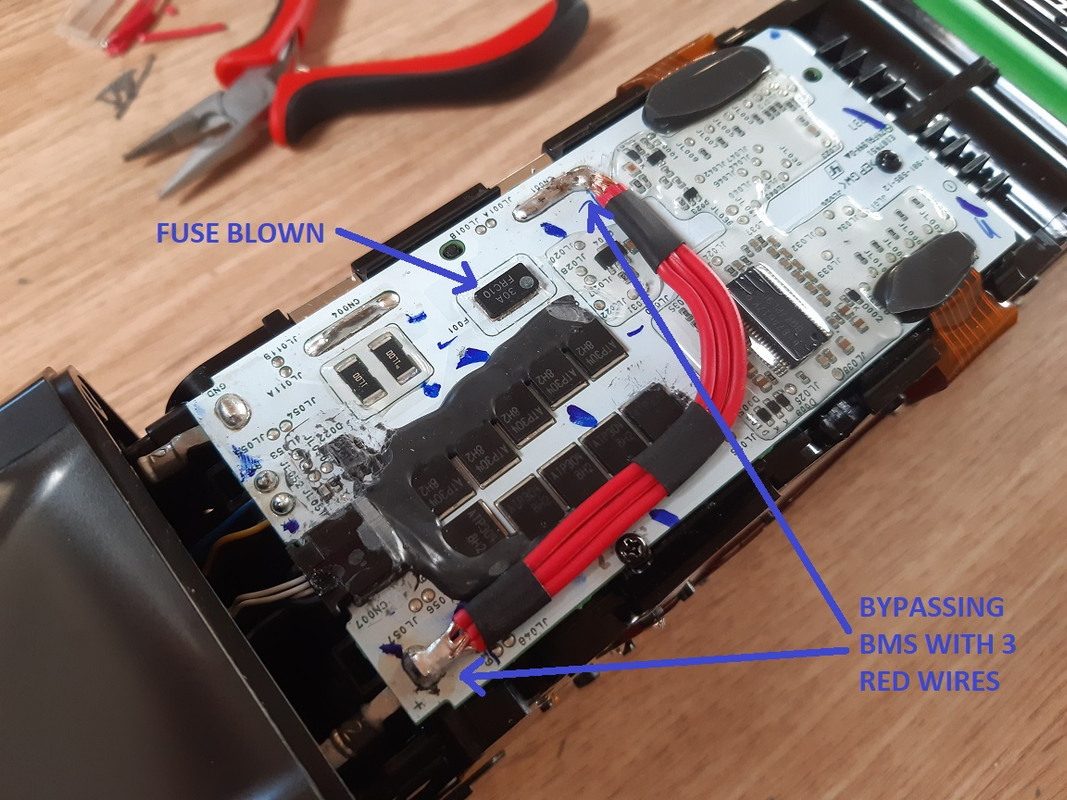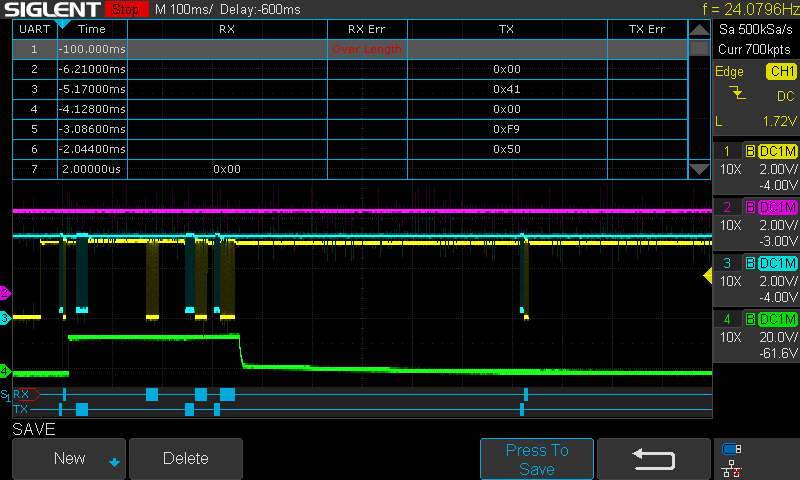CloudInMyHead
New Member
The switch is what I was thinking too before I saw this thread and then second guessed my thought. Plus after seeing your thread and realizing it could be so many other things that I did not even know about. I am waiting for another used battery to arrive next week from the shop that sold me the used bike. Once it arrives I will take this one apart and see if I can fix it. I'm hoping there is just a loose wire to the switch as I'm not sure where I can find a membrane type switch to fit there. I guess I'll know once I am inside.If yours is still getting charged then its not the fuse that is blown, and the BMS is still OK. So that would be a different issue than described in this topic. In your case i would look at the power switch first.



